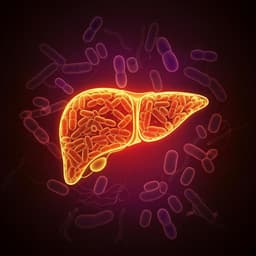
Social Work
Invisible among the vulnerable: a nuanced perspective of energy poverty at the intersection of gender and disability in South Africa
M. A. Okyere and B. Lin
This study explores how the intertwining of gender, disability, and energy poverty in South Africa reveals startling insights, particularly that females with disabilities face a 2.6% higher risk of energy poverty. Conducted by Michael Adu Okyere and Boqiang Lin, the research emphasizes the necessity for targeted energy subsidies tailored to the needs of females with disabilities.
~3 min • Beginner • English
Related Publications
Explore these studies to deepen your understanding of the subject.







